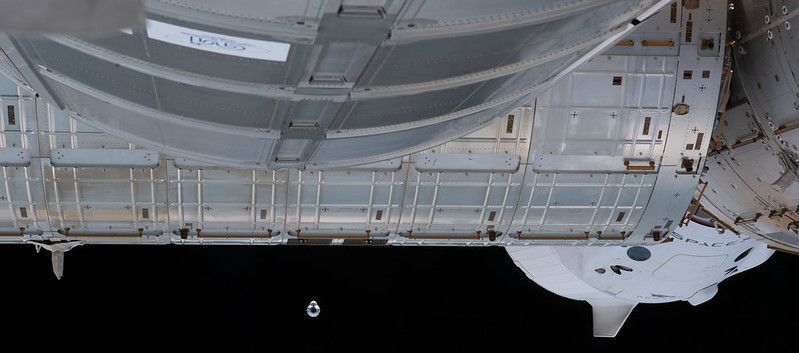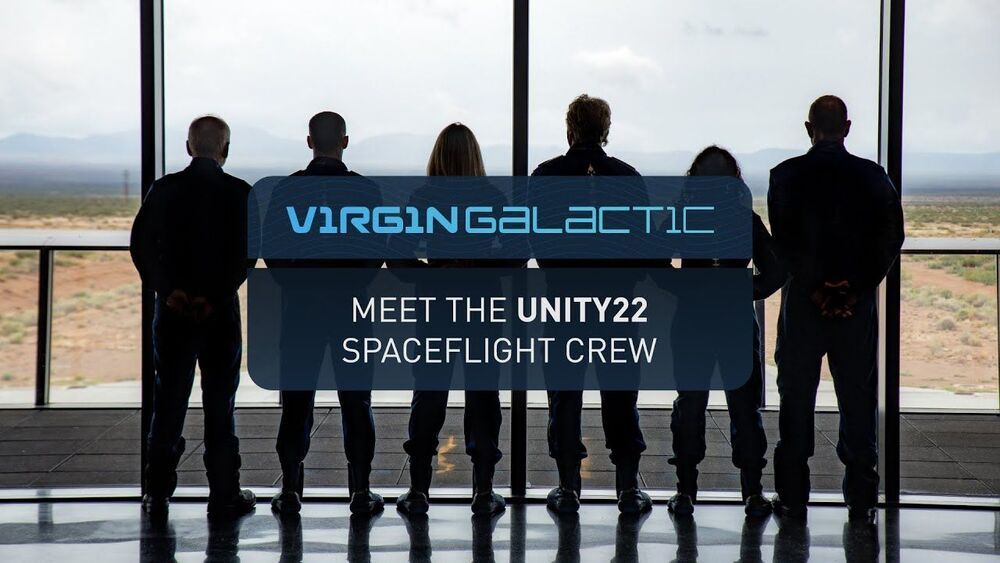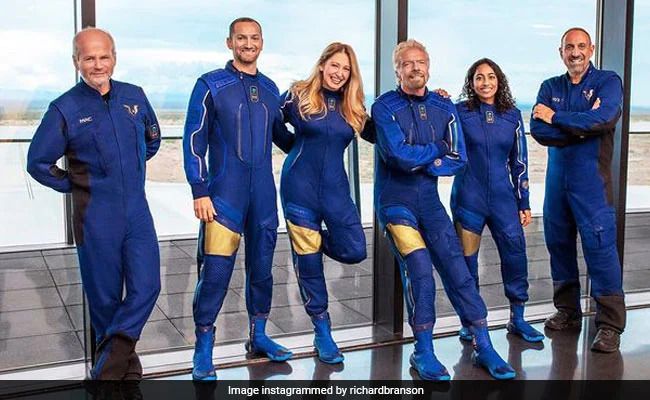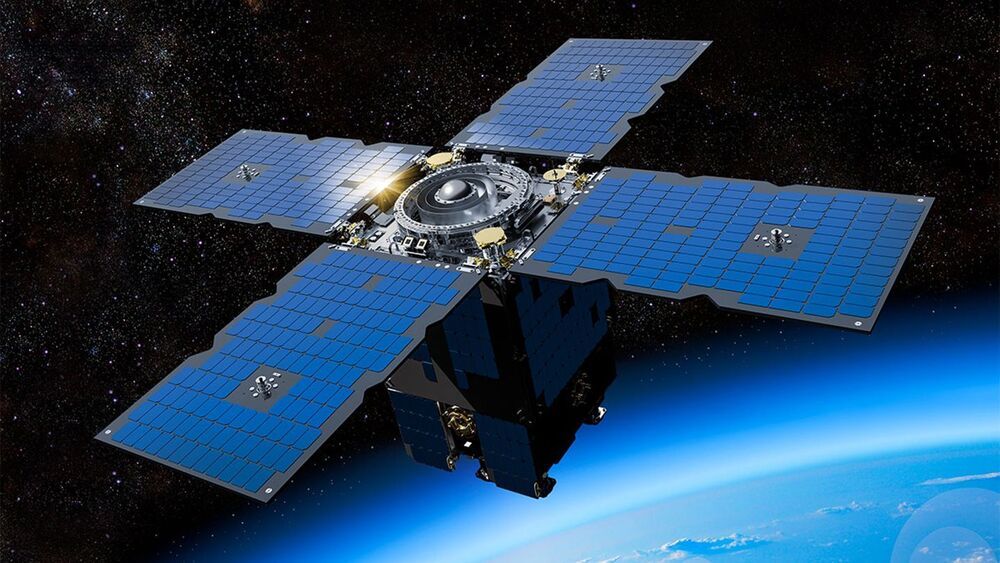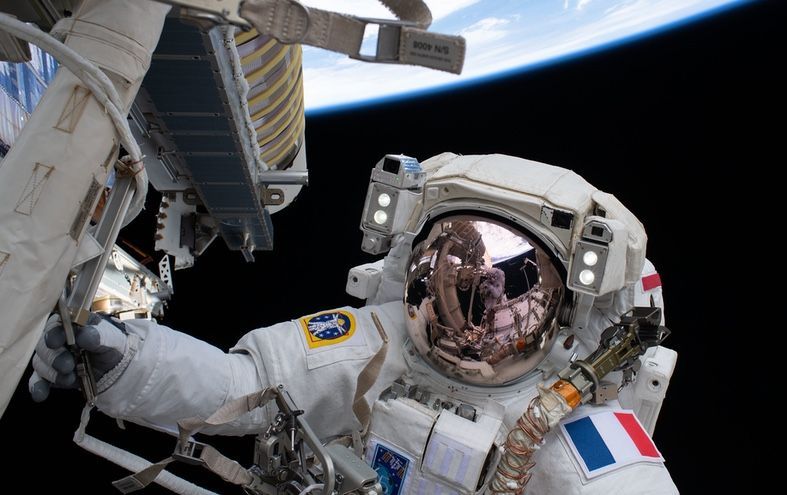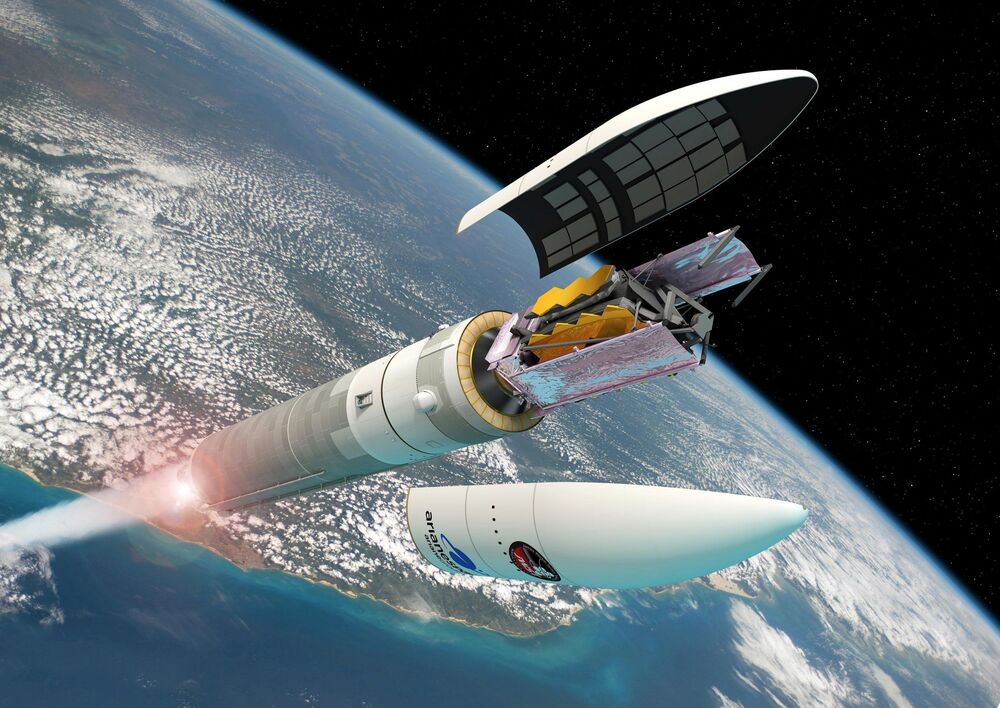
The international James Webb Space Telescope has passed the final mission analysis review for its launch on an Ariane 5 rocket from Europe’s Spaceport in French Guiana.
This major milestone, carried out with Arianespace, the Webb launch service provider, confirms that Ariane 5, the Webb spacecraft, and the flight plan are set for launch. It also specifically provides the final confirmation that all aspects of the launch vehicle and spacecraft are fully compatible.
During launch, the spacecraft experiences a range of mechanical forces, vibrations, temperature changes, and electromagnetic radiation. All technical evaluations performed by Arianespace on the mission’s key aspects, including the launch trajectory and payload separation, have shown positive results.
